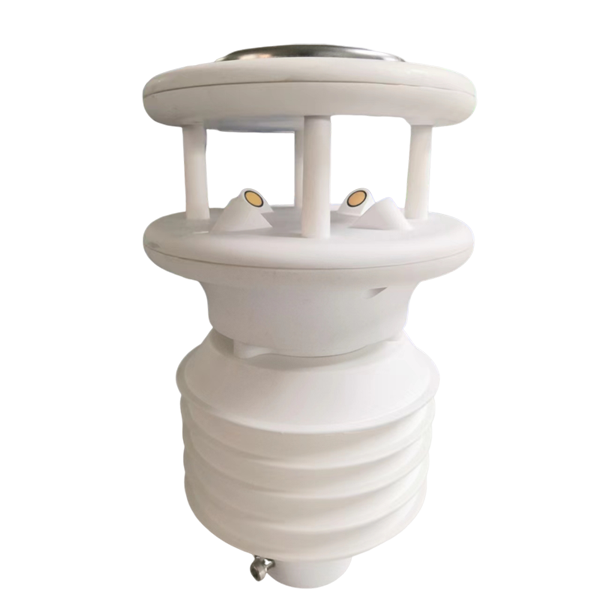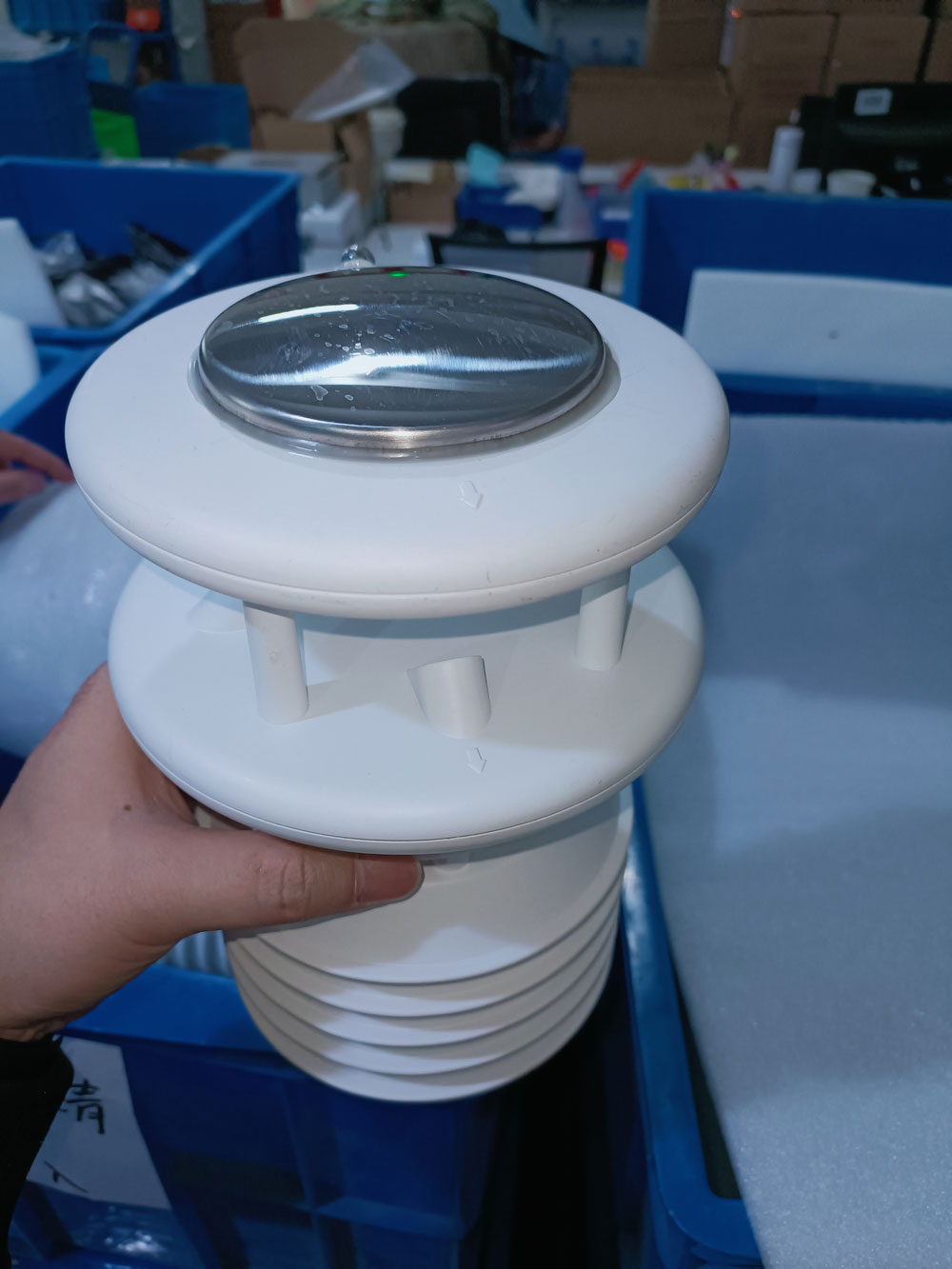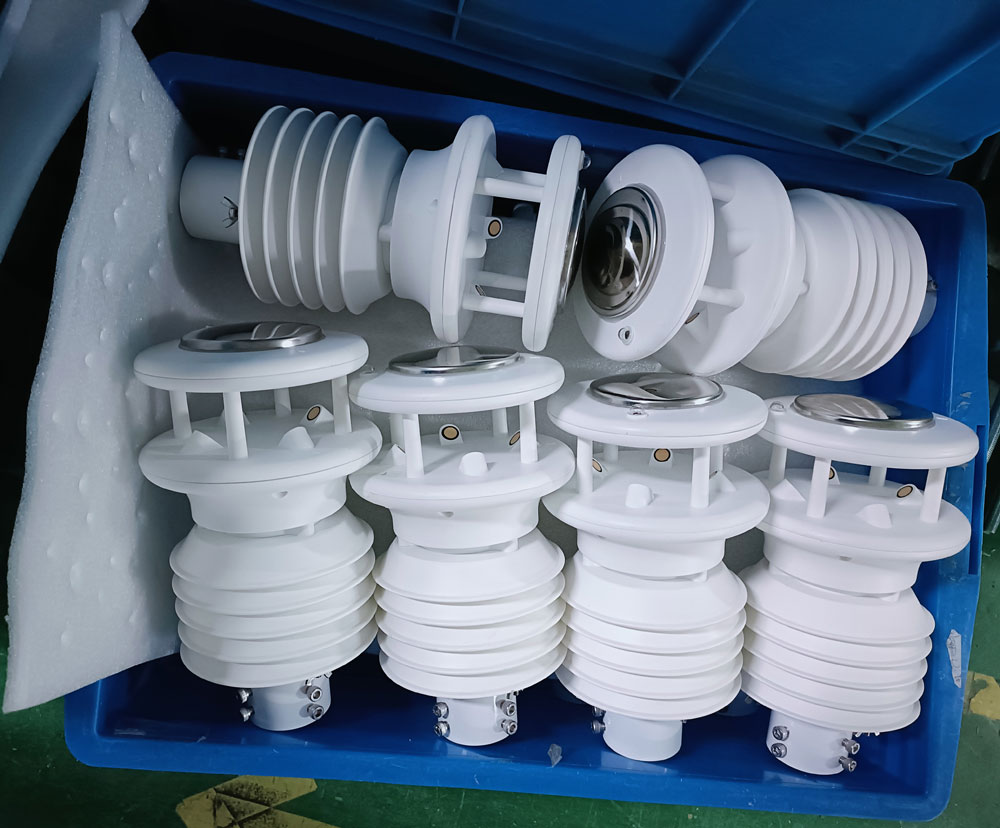

— Blogs —
—Products—
 Consumer hotline +8618073152920
Consumer hotline +8618073152920 WhatsApp:+8615367865107
Address:Room 102, District D, Houhu Industrial Park, Yuelu District, Changsha City, Hunan Province, China
Product knowledge
Time:2025-02-14 16:50:15 Popularity:142
In modern meteorology, accurate and real-time meteorological data is crucial for weather forecasting, agricultural production, aviation safety, and disaster response. With the rapid development of technology, traditional weather observation methods are gradually being replaced by more intelligent and precise new technologies. Ultrasonic weather stations, as a representative of the next generation of meteorological monitoring technology, are pioneering a new era in weather observation with their high precision, stability, and wide range of applications.
An ultrasonic weather station utilizes ultrasonic sensors to measure meteorological parameters. Ultrasonic waves are sound waves with frequencies higher than the audible range of human hearing, and they have advantages such as strong directionality, good penetration, and concentrated energy. In meteorological observation, ultrasonic sensors emit and receive ultrasonic signals and, by combining the propagation characteristics of sound waves in the air, can accurately measure key meteorological parameters such as wind speed, wind direction, temperature, and humidity.
 |  |  |  |  |
| Ultrasonic Snow Depth Sensor | All-in-One Ultrasonic Weather Station | 5 in1 Ultrasonic Weather Station Sensor | 6 in1 Ultrasonic Weather Station Sensor | 7 in1 Ultrasonic Weather Station Sensor |
Ultrasonic weather stations are typically equipped with multiple ultrasonic transducers. By measuring the time difference of ultrasonic signals propagating in the downwind and upwind directions, the wind speed and direction are accurately calculated. Compared to traditional mechanical anemometers, this method avoids mechanical wear and improves measurement accuracy and long-term stability.
Ultrasonic sensors can integrate with thermistors, humidity-sensitive capacitors, and other technologies to accurately measure air temperature and humidity. These sensors detect environmental parameter changes and convert the data into electrical signals, which are then processed to provide accurate temperature and humidity values.
Ultrasonic weather stations are not affected by adverse weather conditions such as dust, rain, or ice, allowing them to operate stably in various complex environments. Their measurement precision is high, with low error rates, making them suitable for long-term, unmanned meteorological monitoring tasks.

Due to their high precision, reliability, and low maintenance cost, ultrasonic weather stations show vast application potential in several fields:
In precision agriculture, ultrasonic weather stations provide real-time meteorological data, helping farmers manage irrigation, fertilization, and pest control more efficiently, improving crop yields and quality.
Deploying ultrasonic weather stations around airports and flight routes allows real-time monitoring of wind speed, wind direction, and other critical meteorological parameters, providing important support for flight safety.
Ultrasonic weather stations can monitor urban microclimates, providing scientific data for urban planning, environmental protection, and pollution control.
In regions frequently affected by extreme weather, such as typhoons and heavy rainfall, ultrasonic weather stations provide timely and accurate meteorological data, supporting disaster prevention and reduction efforts.
Deploying ultrasonic weather stations on offshore platforms and coastal areas provides crucial meteorological information for offshore operations, shipping safety, and marine resource development.
Compared with traditional meteorological observation equipment, ultrasonic weather stations have the following notable advantages:
- High-Precision Measurements: Ultrasonic technology allows for high-precision measurements of wind speed, wind direction, temperature, humidity, and other parameters, ensuring data reliability.
- Strong Environmental Adaptability: These stations are not affected by dust, rain, ice, and other harsh weather conditions, making them suitable for complex environments.
- Low Maintenance Costs: Ultrasonic sensors require minimal maintenance, reducing operational and maintenance costs and improving efficiency.
- Real-Time Data Transmission: Ultrasonic weather stations support remote monitoring and data transmission, providing real-time meteorological information.

With the rapid development of the Internet of Things, big data, and artificial intelligence technologies, ultrasonic weather stations will evolve toward more intelligent, networked, and integrated systems. The future ultrasonic weather stations will feature the following characteristics:
By integrating with big data and artificial intelligence technologies, ultrasonic weather stations will be able to provide intelligent early warnings for meteorological disasters, offering more efficient support for disaster prevention and mitigation.
Future ultrasonic weather stations will integrate more types of sensors, allowing for the monitoring of additional environmental parameters such as air quality and ultraviolet radiation.
Through cloud computing and satellite communication technologies, ultrasonic weather stations will form a global meteorological monitoring network, providing data support for global climate change research and environmental protection.
As an important breakthrough in modern meteorological observation technology, ultrasonic weather stations are providing strong support across multiple fields, including agriculture, transportation, urban management, and disaster early warning. With continuous technological advancements, ultrasonic weather stations will play an even more significant role worldwide, contributing to climate change mitigation and sustainable development.
Whether you are a practitioner in precision agriculture, a decision-maker in urban planning or environmental protection, an ultrasonic weather station will be an indispensable assistant. It will provide you with accurate, real-time meteorological data to help you better tackle natural environmental challenges and create greater value.
If you're looking for a high-precision, reliable meteorological monitoring device, Niubol Ultrasonic Weather Station is undoubtedly your best choice!
All-in-One-Ultrasonic-Weather-Sensor-Instruction-Manual.pdf
NBL-W-61MUWS-Ultrasonic-Weather-Station-Instruction-Manual.pdf
Prev:Working Principle and Advantages of Photovoltaic Power Station Meteorological Monitoring System
Next:Small Meteorological Stations: Accurate Monitoring and Flexible Solutions
Related recommendations
Sensors & Weather Stations Catalog
Agriculture Sensors and Weather Stations Catalog-NiuBoL.pdf
Weather Stations Catalog-NiuBoL.pdf
Related products
 Combined air temperature and relative humidity sensor
Combined air temperature and relative humidity sensor Soil Moisture Temperature sensor for irrigation
Soil Moisture Temperature sensor for irrigation Soil pH sensor RS485 soil Testing instrument soil ph meter for agriculture
Soil pH sensor RS485 soil Testing instrument soil ph meter for agriculture Wind Speed sensor Output Modbus/RS485/Analog/0-5V/4-20mA
Wind Speed sensor Output Modbus/RS485/Analog/0-5V/4-20mA Tipping bucket rain gauge for weather monitoring auto rainfall sensor RS485/Outdoor/stainless steel
Tipping bucket rain gauge for weather monitoring auto rainfall sensor RS485/Outdoor/stainless steel Pyranometer Solar Radiation Sensor 4-20mA/RS485
Pyranometer Solar Radiation Sensor 4-20mA/RS485
Screenshot, WhatsApp to identify the QR code
WhatsApp number:+8615367865107
(Click on WhatsApp to copy and add friends)